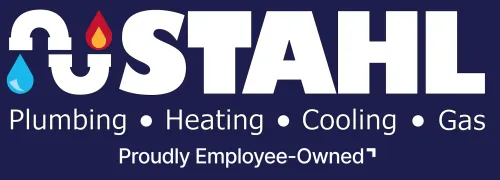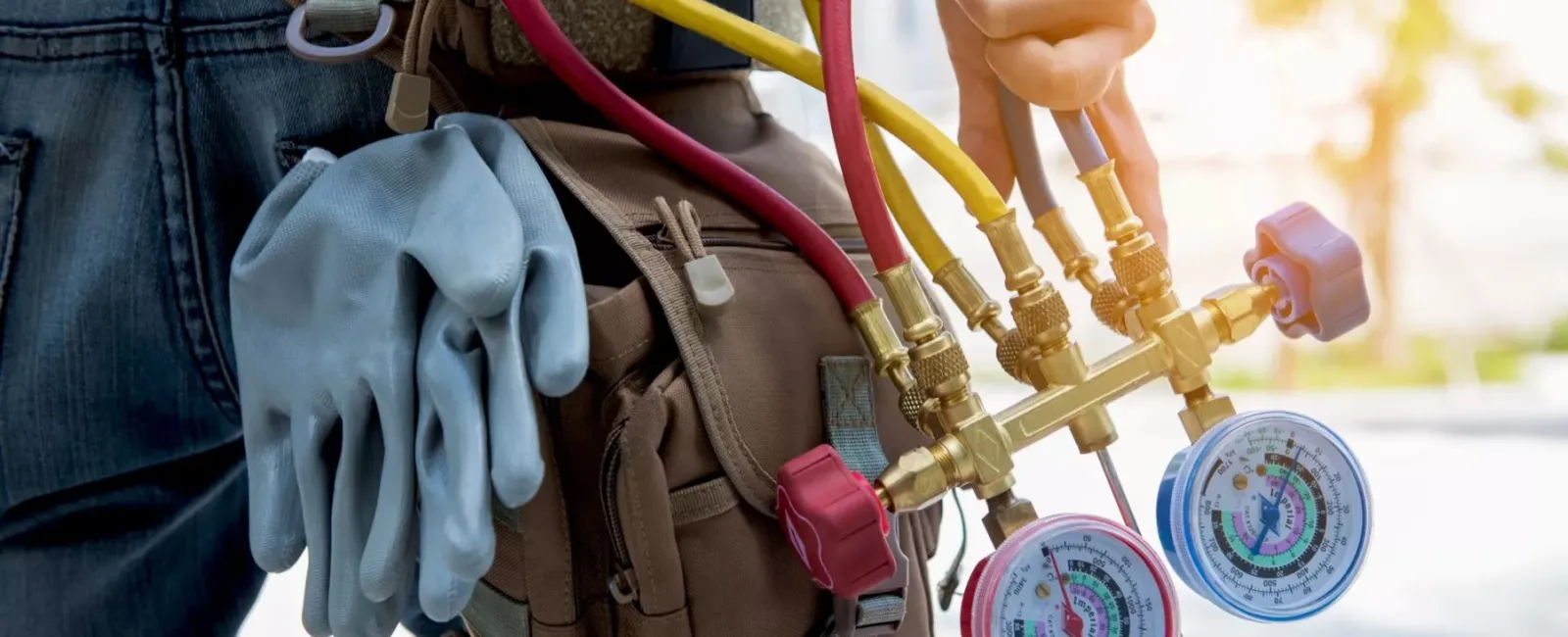Your air conditioner is an integral part of your home. In spring and summer, it's vital for keeping you and your family comfortable. However, your air conditioner is a complex system and does require maintenance, upkeep, and repair. Most air conditioners are traditional split systems. This means you have an outdoor unit and an indoor unit. The outdoor unit includes the condenser, condenser fan, and compressor. Your indoor unit houses the blower and evaporator coils. Technicians who handle air conditioning in Pittsburgh, PA, have to be concerned with both. Unfortunately, air conditioners don't always operate as intended. If a problem occurs, leaking and water damage are possible.
Condensate Array
 As your air conditioner pulls in air and dehumidifies, the resulting moisture has to go somewhere. The condensate array ensures that the moisture gets transmitted to your sewer line. Your condensate array is comprised of two components. These are the condensate tray (or pan) and the condensate drain line. The condensate tray is located underneath the evaporator coils. This is where it's used to catch any dripping water falling from the evaporator coils. The tray features a slanted bottom, which allows the water to flow more easily into the drain line. Your condensate drain line connects to your outflow plumbing pipe. This is how the water is discharged. It flows to your sewer.
As your air conditioner pulls in air and dehumidifies, the resulting moisture has to go somewhere. The condensate array ensures that the moisture gets transmitted to your sewer line. Your condensate array is comprised of two components. These are the condensate tray (or pan) and the condensate drain line. The condensate tray is located underneath the evaporator coils. This is where it's used to catch any dripping water falling from the evaporator coils. The tray features a slanted bottom, which allows the water to flow more easily into the drain line. Your condensate drain line connects to your outflow plumbing pipe. This is how the water is discharged. It flows to your sewer.
Shift
The tray isn't always stable. Over time, it can shift. If it does shift, there are two ways it could easily cause leakage. Depending on how it shifts, the water may not all land within the tray. This allows water to build up without being directed into the drain line and flowing out properly. Otherwise, shifting could mean that the tray disconnects from your drain line entirely. In this instance, none of the water is flowing through the drain line. If this happens, water will build up even faster.
Corrosion
Over the years, your condensate tray can develop corrosion. This typically results in holes or cracks developing. These holes or cracks allow water to escape out of the tray and build up in your attic or wherever your indoor AC unit is located. Over time the corrosion will likely get worse, and the problem could become more severe.
Clog
Your condensate line isn't immune to becoming clogged. Dirt, debris, and other contaminants tend to accumulate. Mold could also develop inside the line. If your drain line becomes clogged, water will back up and spill out. The tray can only hold so much, so the excess water will inevitably escape.
Quick Response
A leak may seem like a minor issue at first. However, if it isn't dealt with quickly, water damage can occur. This could damage the area around your air conditioner, and it can become severe if left untreated. With a quick response, it should be easy enough for a technician to assess the issue and correct the problem.
It's important to remember that any difficulties you're having with your air conditioner could get worse if not addressed. Your air conditioner is composed of sensitive machinery that's susceptible to corrosion, clogs, and malfunctioning components. While minor issues might be handled swiftly and with minimal difficulty, ignoring any problems may allow your air conditioner to become even more damaged.
Your air conditioner repair in Pittsburgh, PA, should always be handled by an experienced technician. Contact Stahl Plumbing, Heating & Air Conditioning at 412-273-1000 if you require assistance or have any questions concerning your air conditioner.

